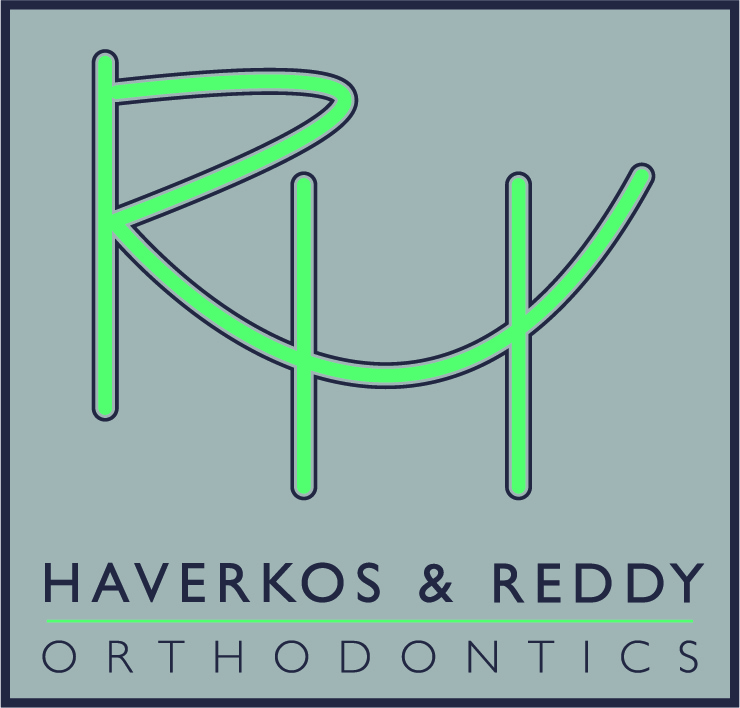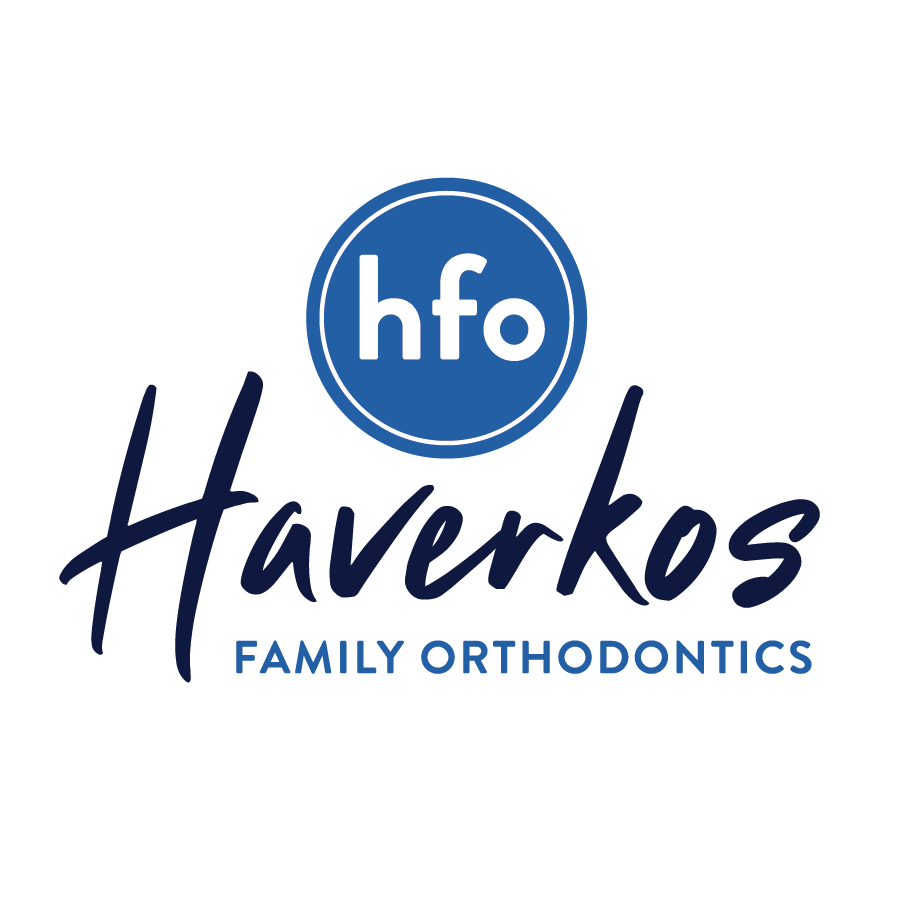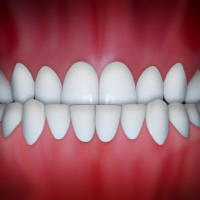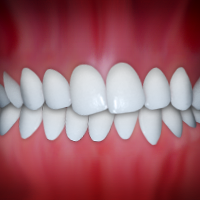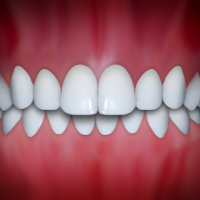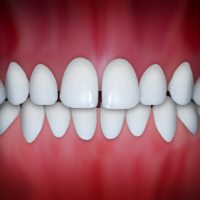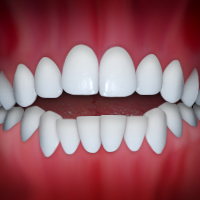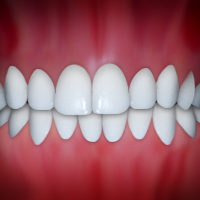TMJ Disorders
TMD is an abbreviation for Temporomandibular disorders and is characterized by ongoing pain in the area near your ear, your jaw, or the muscles on the side of your face. Sometimes the pain is accompanied by restricted jaw movement and a popping or clicking sounds. Sometimes people incorrectly use the term TMJ to refer to these problems, when in fact TMJ is the abbreviation for the temporomandibular joint — or jaw joint — itself.
Causes of TMD
The TMJ can be subject to orthopedic problems such as inflammation, sore muscles, strained tendons and ligaments, and disk problems. Research also shows TMD is influenced by genetic predisposition, gender (women appear to be more prone to it), and age. Physical and psychological stress is also a contributing factor.
Signs and Symptoms of TMD
Clicking Sounds — Some people with TMD experience a clicking, popping or grating sound coming from the TMJ when opening or closing the mouth. This can be explained by a shifting of the disk inside the joint. If the clicking is accompanied by pain or limited jaw function such as the jaw getting “stuck” in an open or closed position, for example — this would indicate TMD.
Muscle Pain — The pain may be felt in the cheeks (masseter muscles) and temples (temporalis muscles), where the two big pairs of jaw-closing muscles are located.
Joint Pain — Pain that’s actually coming from one or both jaw joints technically would be described as arthritis of the TMJ. There is no cure for arthritis anywhere in the body, but medication can sometimes help relieve arthritic symptoms.
Relieving the Pain
Once we examine you, we will come up with a strategy for treating your condition and managing your pain. Your treatment plan will include one or several solutions such as a temporary change to a softer diet which can reduce stress on the muscles and joints. Ice and/or moist heat may help relieve soreness and inflammation. Muscles in spasm can also be helped with gentle stretching exercises. Non-steroidal anti-inflammatory medications and muscle relaxants can also provide relief.
Other Treatment Options
Severe TMD cases may require more complex forms of treatment, which might include orthodontics, dental restorations like bridgework, or minor procedures inside the joint such as cortisone injections or lavage (flushing) of the joint. It’s rare for major surgery ever to be necessary in a case of TMD.
The first step is an examination here at our dental office. We don’t want you to be in pain, so please come in and see us. To learn more about the treatment options available, view our Chart on TMD Therapy.
